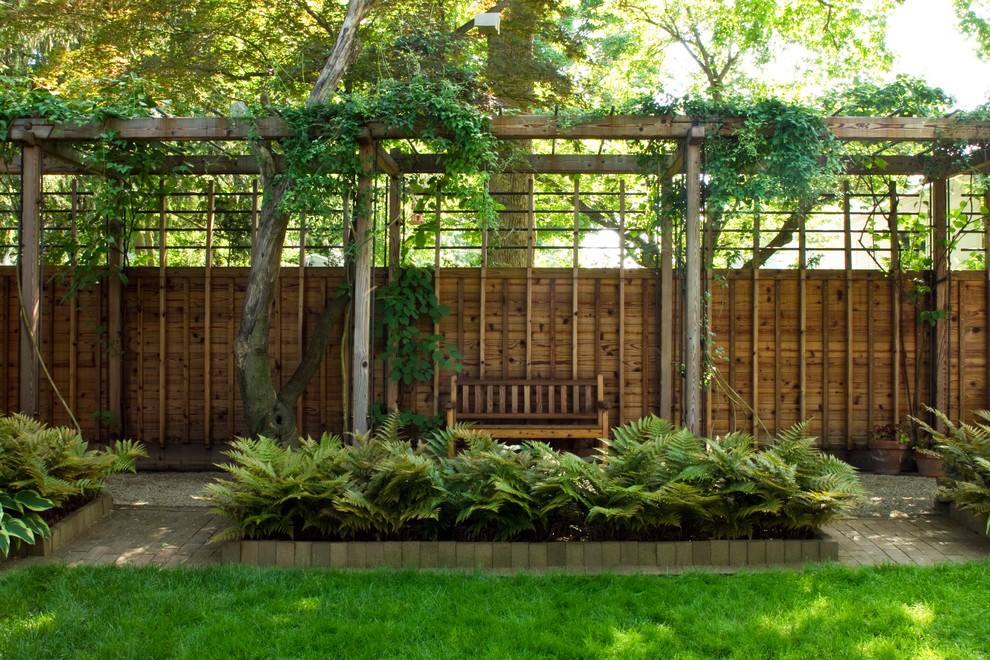As the economy has taken a hit in recent years, there have been more occurrences of garden thefts. Taking the proper steps to secure your garden will help to prevent an intruder not only gaining access to your produce, it'll help to protect your home, shed, and garage from being entered. Use these tips to pick out a suitable fence design that is both aesthetically pleasing and provides security to your living space.
The first step is to identify any vulnerabilities in your current setup that would compromise the fences integrity and allow an intruder to gain access. Some of the most common issues discovered are locks weakened by exposure to the elements, missing or broken fence panels, and fences that are too low.
Strong, durable fences, gates, and hardware serve as a visual deterrence to would-be thieves from entering your property to steal your valuables. Fences built from metal and wood are time-tested and are capable of withstanding long-term exposure to the elements.
It is highly recommended to build a fence that measures a minimum of 6'6" from the top rail to the ground. This will provide a visual obstacle to a thief, and will prevent the thief from taking an inventory of your outside belongings and garden area. A determined thief will find a way to overcome this obstacle however, so additional security steps are recommended.
Most building codes do not allow fences to be built taller. According to empty property insurer Propertytoinsure.co.uk one great option is to add a trellis to the top rail of the fence to give it extra height. A trellis provides extra protection because of the added visual obstacle, and because it is likely to break under an intruder's weight. Thieves instinctively know this and are likely to avoid the risk of injury. Should a trellis break under an intruder's weight, the noise will alert anyone nearby that something just happened.
One of the most effective visual obstacles are thorny climbing plants. These can be planted in your trellis to provide an extra level of security. You might be tempted to use barbed wire to protect your home, but doing so carries specific legal responsibilities. If an intruder gets injured, you can be held liable. However, you can use plastic coated wire trained through wires along your fence line as an added deterrent.
Choose a strong, impenetrable gate as your first line of defense. A gate is only as strong as its weakest part, and most often that part is the lock. Make sure to install a high quality lock that can be attached to your gate where thieves cannot reach it from the other side. Common sense prevails. An unlocked gate is no deterrence to a thief at all.
Inspect your fence regularly for developing weaknesses, and keep up to date on its maintenance to keep it performing at its best. This will give you the peace of mind of knowing that you are doing all that you can to keep your family and property safe. Timely repairs will ensure that intruders can't exploit weak spots on your fence to gain entry.
Following these guidelines will enable you to select a secure fence design that provides top-notch security, is aesthetically pleasing, and will last for many years. Remember the old axiom, "an ounce of prevention is worth a pound of cure." Plan ahead and keep your family and property safe.
